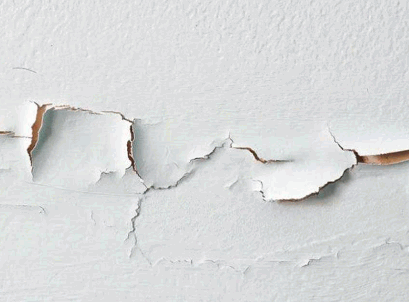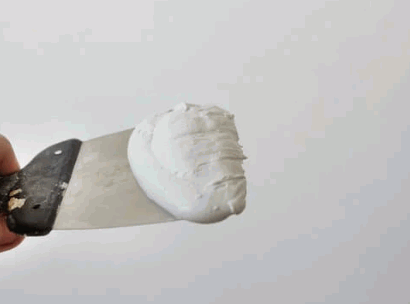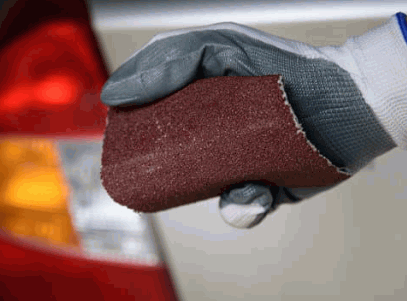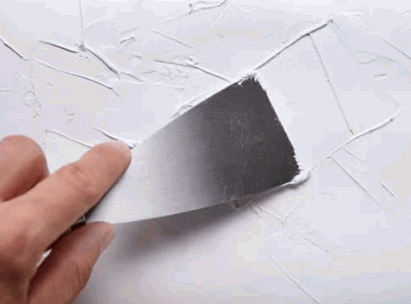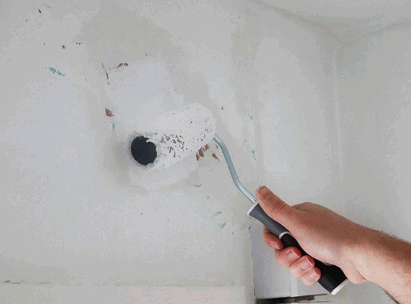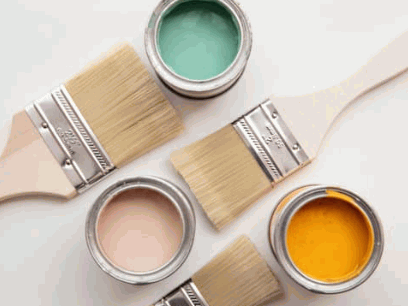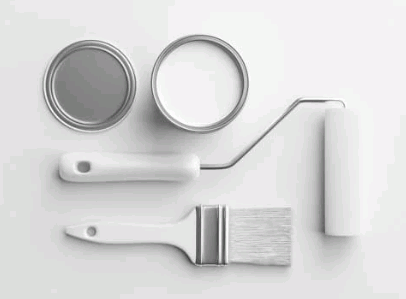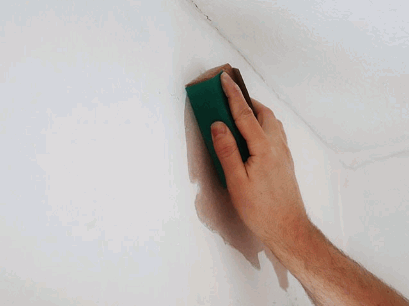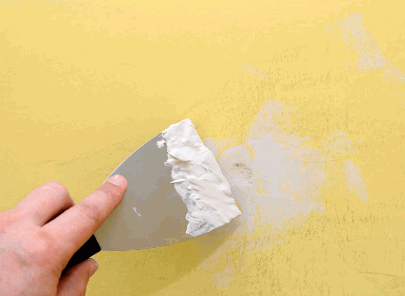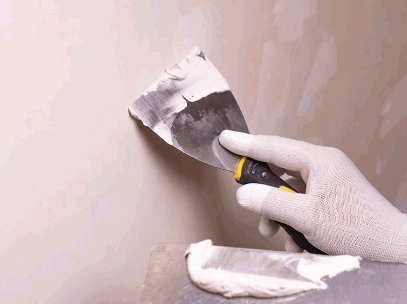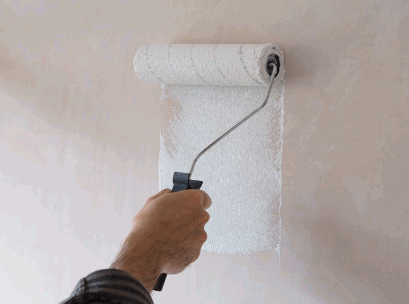Are you frustrated with peeling paint on your plaster walls? Don't worry, you're not alone. This common issue can be a major eyesore and cause concern for homeowners. In this article, we will discuss the causes of peeling paint on plaster walls and provide you with a step-by-step guide from Top Notch Walls on how to repair it yourself. Take control of your home's appearance with these simple tips.
Learn more: Can You Use Plaster In A Bathroom
What Causes Peeling Paint On Plaster Walls?
Peeling paint on plaster walls can occur due to several factors. Poor surface preparation, such as inadequate cleaning or failure to remove loose or flaking paint, can lead to paint peeling. Moisture issues, such as leaks or high humidity, can also cause the paint to peel. Additionally, using low-quality or incompatible paint products can result in peeling. It's important to address the underlying causes to prevent further damage.
Fixing the surface, addressing moisture problems, and using appropriate paint and techniques can help prevent peeling paint on plaster walls.
How To Prepare For Repairing Peeling Paint On Plaster Walls
To prepare for repairing peeling paint on plaster walls, follow these steps:
- Clear the area: Remove furniture, decorations, and other items from the wall.
- Protect surfaces: Cover the floor and furniture with drop cloths or plastic sheets to prevent paint splatters and dust.
- Gather supplies: Get the necessary tools like a scraper, putty knife, sandpaper, and primer.
- Prepare the wall: Scrape off loose and peeling paint using a scraper or putty knife. Sand the area to smooth any rough edges.
- Clean the wall: Wipe the wall with a damp cloth or sponge to remove dust and debris.
- Prime the wall: Apply a coat of primer to seal the wall and create a smooth surface for the new paint.
What Tools And Materials Do You Need?
To prepare for repairing peeling paint on plaster walls, you will need a few essential tools and materials. These include:
- Putty knife: Use a putty knife to scrape off the peeling paint and smooth out the surface.
- Sandpaper: Use sandpaper to gently sand the area and create a smooth surface for painting.
- Paint scraper: A paint scraper can be used to remove any loose or flaking paint.
- Drop cloth: Protect the surrounding area by laying down a drop cloth to catch any debris or paint chips.
- Primer: Apply a coat of primer before painting to ensure good adhesion and coverage.
- Paint: Choose a high-quality paint that is suitable for plaster surfaces.
- Paintbrush or roller: Use a paintbrush or roller to apply the paint evenly.
By having these tools and materials ready, you can effectively repair peeling paint on plaster walls and restore the appearance of your walls.
How To Safely Remove Peeling Paint?
To safely remove peeling paint from plaster walls, follow these steps:
- Ensure safety: Wear protective gear like gloves, goggles, and a dust mask.
- Prepare the area: Lay down dust sheets to catch any paint chips or debris.
- Remove loose paint: Use a scraper or putty knife to gently scrape away the peeling paint.
- Sand the surface: Smooth out any rough edges or remaining paint using fine-grit sandpaper.
- Clean the area: Wipe down the wall with a damp cloth to remove dust and debris.
- Prime the surface: Apply a layer of primer to create a smooth base for the new paint.
- Dispose of waste properly: Collect the scraped paint chips in a bag and dispose of them according to local regulations.
By following these steps, you can safely remove peeling paint from plaster walls and prepare them for the repair process.
Steps To Repair Peeling Paint On Plaster Walls
If you have noticed peeling paint on your plaster walls, don't panic - it's a common issue that can be easily fixed. In this section, we will walk you through the step-by-step process of repairing peeling paint on plaster walls. From scraping and sanding the affected area to priming and painting, we'll cover all the necessary steps to restore your walls to their former glory. So let's get started and say goodbye to unsightly peeling paint!
Step 1: Scrape And Sand The Affected Area
To begin repairing peeling paint on plaster walls, follow these steps:
- Scrape the affected area to remove loose and peeling paint.
- Sand the area to create a smooth surface for the new paint to adhere to.
By scraping and sanding the affected area, you are preparing the surface for the next steps in the repair process. This will help ensure that the new paint will adhere properly and provide a seamless finish. Remember to wear protective gear, such as a dust mask and safety glasses, while performing these tasks.
Step 2: Clean And Prime The Surface
Cleaning and priming the surface is an important step in repairing peeling paint on plaster walls.
- Clean the surface: Remove any loose paint chips and debris using a scraper or putty knife.
- Wash the wall: Use a mild detergent and water solution to clean the surface thoroughly, removing dirt, grease, and other contaminants.
- Rinse and dry: Rinse the wall with clean water and allow it to dry completely before proceeding.
- Prime the surface: Apply a coat of high-quality primer to create a smooth and even base for the paint.
- Use a brush or roller: Use a brush or roller to apply the primer evenly, covering the entire affected area.
Step 3: Apply Joint Compound And Sand Again
When repairing peeling paint on plaster walls, step 3 involves applying joint compound and sanding the area again. This step is crucial for achieving a smooth and seamless surface before painting.
Here is a list of steps to follow in this stage of the repair process:
- Scrape off any loose paint and debris from the affected area.
- Sand the area with fine-grit sandpaper to create a smooth surface.
- Apply a thin layer of joint compound over the damaged area using a putty knife.
- Smooth out the compound with the knife, making sure it blends seamlessly with the surrounding plaster.
- Allow the joint compound to dry completely.
- Sand the dried compound using fine-grit sandpaper until it is smooth and flush with the rest of the wall.
By following these steps, you can effectively repair peeling paint on plaster walls and restore the appearance of your walls.
Step 4: Apply A Second Coat Of Joint Compound And Sand Once More
To ensure a smooth and long-lasting finish when fixing peeling paint on plaster walls, it is important to apply a second layer of joint compound and sand it again. Follow these steps to achieve a professional-looking outcome:
- Scrape and sand the affected area to remove any loose or peeling paint.
- Clean and prime the surface to create a suitable base for the new paint.
- Apply a first layer of joint compound and let it dry completely.
- Apply a second layer of joint compound, making sure to cover the repaired area evenly.
- Gently sand the surface to achieve a smooth and seamless finish.
- Prime the repaired area before applying the final coat of paint.
By following these steps, you can effectively fix peeling paint on plaster walls and restore the appearance of your walls.
Step 5: Prime And Paint The Repaired Area
- Once the joint compound has dried completely, it's time to prime the repaired area. Use a high-quality primer suitable for plaster walls to ensure good adhesion.
- Apply the primer evenly using a brush or roller, making sure to cover the entire repaired section.
- Allow the primer to dry according to the manufacturer's instructions.
- After the primer has dried, it's time to paint the repaired area. Choose a paint color that matches the surrounding walls.
- Apply the paint using a brush or roller, ensuring smooth and even coverage. You may need to apply multiple coats for full-color saturation.
How To Prevent Peeling Paint On Plaster Walls?
While peeling paint on plaster walls can be a frustrating and unsightly issue, there are steps you can take to prevent it from happening in the first place. In this section, we will discuss five key methods to prevent peeling paint on plaster walls. From addressing water leaks and moisture issues to using high-quality paint and proper preparation techniques, we’ll cover all the necessary steps to keep your walls looking fresh and intact. By implementing these preventive measures, you can save yourself the hassle and expense of constant paint repairs.
1. Fix Any Water Leaks Or Moisture Issues
To fix peeling paint on plaster walls, it is crucial to address any water leaks or moisture issues. This will prevent further damage and ensure a lasting repair. Here are the steps to follow:
- Identify and fix any water leaks or moisture sources, such as roof leaks or plumbing issues.
- Inspect the area thoroughly to ensure no hidden leaks or dampness.
- Seal any cracks or gaps in the wall to prevent water infiltration.
- Improve ventilation in the room to reduce humidity levels.
- Apply a waterproofing primer to the affected area before repainting.
By taking these steps, you can effectively address the root cause of peeling paint and achieve a successful repair on plaster walls.
2. Use High-Quality Paint And Primer
Using high-quality paint and primer is crucial for preventing peeling paint on plaster walls. Here are the steps to follow when using high-quality paint and primer:
- Clean the surface: Remove any dirt, dust, or debris from the walls.
- Repair any damage: Fill in any cracks or holes using a suitable filler or spackling compound.
- Sand the surface: Use sandpaper to smooth out any rough areas on the walls.
- Apply primer: Use a high-quality primer specifically designed for plaster walls. This will ensure proper adhesion of the paint.
- Choose the right paint: Select a high-quality paint that is suitable for plaster walls and offers good durability and coverage.
- Apply the paint: Use a brush or roller to evenly apply the paint onto the walls, following the manufacturer's instructions.
- Allow proper drying time: Ensure that each coat of paint has fully dried before applying additional coats.
- Maintain the walls: Regularly inspect the walls for any signs of damage or peeling paint, and touch up any areas as needed.
By following these steps and using high-quality paint and primer, you can effectively prevent peeling paint on plaster walls and maintain a long-lasting finish.
3. Properly Prepare The Surface Before Painting
Properly preparing the surface before painting is crucial for a successful and long-lasting paint job on plaster walls. Here are the steps to follow:
- Remove any loose or peeling paint using a scraper or putty knife.
- Sand the surface to create a smooth and even base for the new paint.
- Clean the walls to remove dust, dirt, and grease. Use a mild detergent and water solution.
- Repair any cracks, holes, or imperfections in the plaster using spackle or joint compound. Sand again after the compound dries.
- Apply a coat of primer to seal the surface and improve paint adhesion.
- Finally, you are ready to apply your chosen paint color to the prepared surface.
By following these steps, you ensure that the paint adheres properly to the plaster walls and provides a smooth and durable finish.
4. Avoid Extreme Temperature Changes
Extreme temperature changes can cause peeling paint on plaster walls. To prevent this issue, follow these steps:
- Avoid exposing the walls to sudden temperature fluctuations.
- Maintain a consistent indoor temperature.
- Ensure proper insulation to minimize temperature variations.
- Use weatherstripping or caulking to seal any gaps or cracks.
- Install a dehumidifier or humidifier to control humidity levels.
By taking these measures, you can protect your plaster walls from the damaging effects of extreme temperature changes and avoid the need for frequent paint repairs.
5. Regularly Inspect And Touch Up Any Damaged Areas
Inspecting and touching up damaged areas on plaster walls regularly can help prevent peeling paint and maintain the appearance of your walls. Here are the steps to follow:
- Closely examine the walls for any signs of peeling or damaged paint.
- Gently scrape off any loose or peeling paint using a putty knife or scraper.
- Sand the area to create a smooth surface for repainting.
- Wipe the area clean with a damp cloth to remove any dust or debris.
- Apply a primer to the repaired area to ensure good adhesion of the new paint.
- Once the primer is dry, apply a thin coat of paint to blend it with the surrounding area.
- Allow the paint to dry completely, then inspect the area again to ensure a seamless repair.
- If necessary, touch up any remaining imperfections with additional paint.
By regularly inspecting and addressing any damaged areas, you can prevent further peeling and maintain the integrity of your plaster walls.
